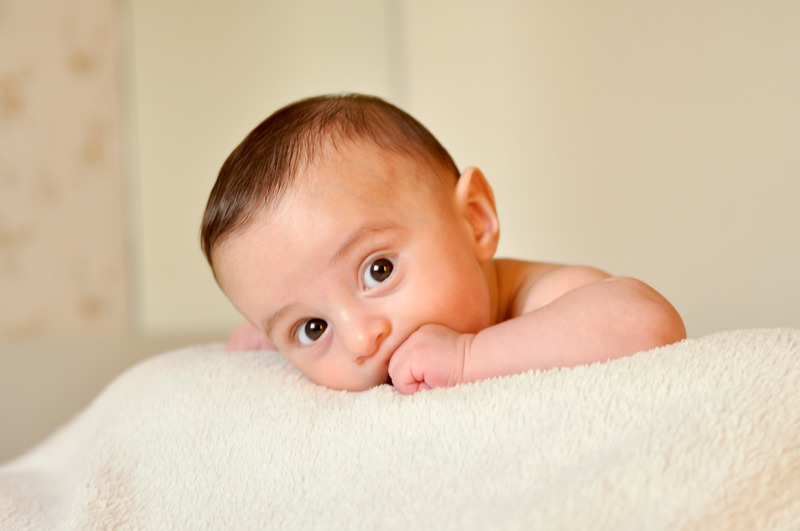Looking times, or how long the baby continuously looks at something, have been very useful to us for research with infants. One of the uses for looking times is to assess expectations and knowledge babies have, and we've found out that babies even understand simple probability!

In an experiment, they gave 6 month old babies an image of a probable outcome and an improbable outcome, and these infants stare longer at the improbable outcome. These babies can look at this picture and think "this is interesting, how does this happen?".

In another study, researchers wanted to test to see if infants have human face specialty, which is the idea that we are human face experts that can spot small differences in people. This skill helps us build social relationships, and can you imagine if we could not tell other people apart?! Researchers had infants stare at an image of a monkey until they stopped looking at it, to show that they were bored. Then they switched the picture to a different monkey to see if the baby would be interested in looking at it (a sign that it looks different to them) or remain bored. The results showed that they became interested again once the image switched, suggesting that babies have not developed human face specialty and can tell two animals apart too.
Want to learn more about how researchers use looking times in research? Here's a cool video about eye tracking infants!